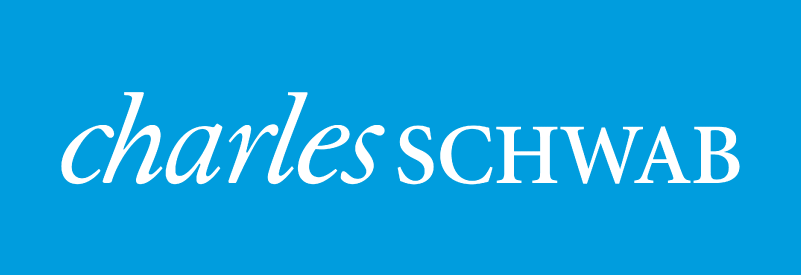Equity markets rebounded sharply in January after the sharp December decline. The S&P 500 is now up approximately 17% from the December lows and credit spreads are trading back near mid-November levels. An early January pivot by the Fed, progress on China trade negotiations, and some modest improvements in macro bellwethers were the primary drivers. Interest rates moved slightly lower, but commodity markets rallied in sympathy with global risk markets. Energy, grains, industrial metals, and precious metals all posted strong gains in January. Crude oil was +18% on news of non-U.S. production quota progress.
Market Anecdotes
- An early January Fed change of heart on 2019 interest rate hike expectations and softened language surrounding the balance sheet unwind both factored largely into the market relief rally that ensued throughout the month.
- Fed officials made clear that revisiting both pace and scope of Fed balance sheet reduction is very much under deliberation which markets applauded.
- U.S. – China trade negotiations continued throughout the month with a looming March 1st deadline for additional 25% tariffs on $200b of Chinese imports. Signs of progress are evident, but March 1st deal is seen as unrealistic. Post deadline parameters remain unclear, but a time extension seems to be the most likely path.
- A recent Strategas analysis suggested 2019 incremental fiscal stimulus of $122b and, depending on the range of outcomes, incremental 2019 tariff (tax) projections of $50b-$215b.
- Q4 reported earnings are coming in solidly mid-teens, a fifth consecutive double-digit quarter, and we are seeing the earnings beat rate approaching 70% (just below normal).
- Very notable is the significant downward Q1 and 2019 calendar year guidance. Because, excluding energy market crashes, earnings recessions (two consecutive negative quarters) typically precede economic recessions, this warrants careful monitoring.
- U.S.-EU negotiation are set to heat up with a Commerce Department auto trade report due on 2/17. The ensuing 90-day negotiation window is expected to become more of a tangible market concern as progress (or lack thereof) becomes more evident.
- Another U.S. government shutdown came and went, this time setting a record for duration of 34 days. Border wall funding was the sticking point and a mid-Feb deal looks imminent.
- A mid-January Brexit vote in the UK Parliament failed handily, leaving the path forward uncertain with a March 9th deadline looming. Deadline extension, new referendum, Article 50 withdrawal, and ‘hard Brexit’ all remain in play with a kick the can down the road (extension) the most likely/preferable.
- Credit markets mirrored the equity market recovery with high yield spreads plummeting from a high of 544 (near long-term averages) down below 430 during the month.
- ICI mutual fund flows confirmed the retail market ‘capitulation’ we felt was occurring in late December with data showing mutual fund outflows across all major asset classes surpassing what we saw at the depths of the 2008/2009 GFC.
Economic Release Highlights
- January CPI came in straddling the Fed’s 2% target with headline and core registering 1.6% and 2.2% respectively. Headline CPI was unchanged for a third straight month, with energy prices keeping a lid on price changes.
- January payrolls surged 304,000, far surpassing expectations. The unemployment rate increased to 4% thanks to government shutdown and increasing participation rates. Average hourly earnings were +0.1% in January and remained unchanged year-over-year at 3.2%.
- The January ISM Non-Manufacturing index registered 56.7, right on consensus and one point lower than December but properly categorized as a healthy growth reading.
- Markit U.S. manufacturing and Services preliminary January PMIs were healthy at 54.9 and 54.2.
- January Global PMI (50.7) confirmed continued weakness overseas with Eurozone (50.5), Germany (49.9), China (48.3), and Japan (50) all teetering on contraction territory. Europe weakened for a sixth consecutive month, now at its lowest levels in 6 years. A constructive reading from the U.S. (56.6) has been the hallmark of the global economy over the past 2 years.
- The January U.S. housing market index (58) beat consensus estimates, posting its first increase since October and only the second increase since May 2018.




Leave a Reply